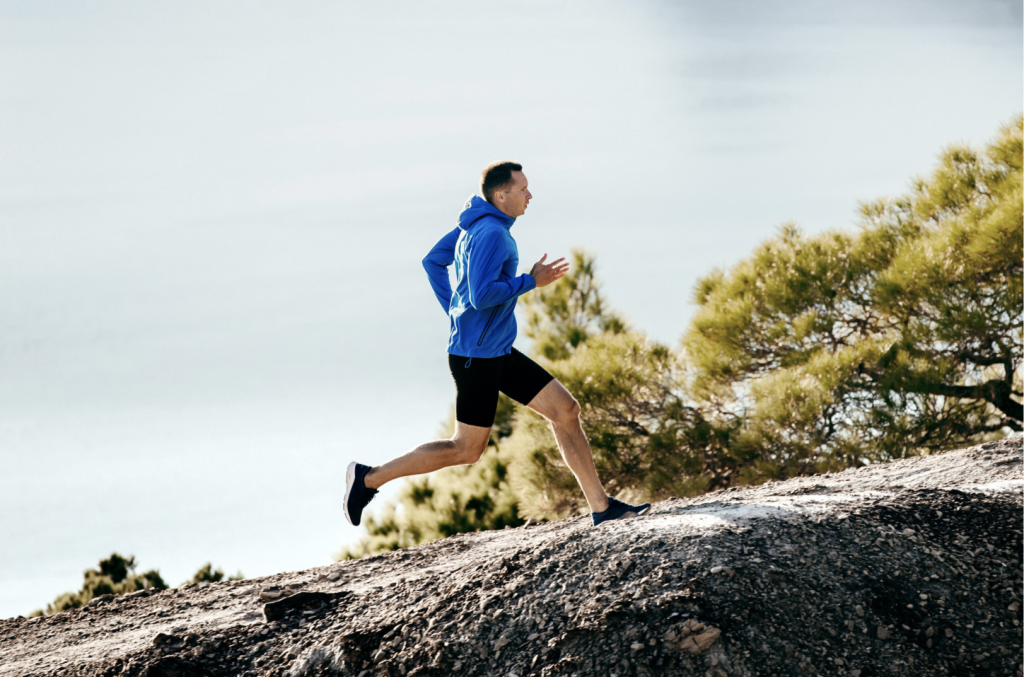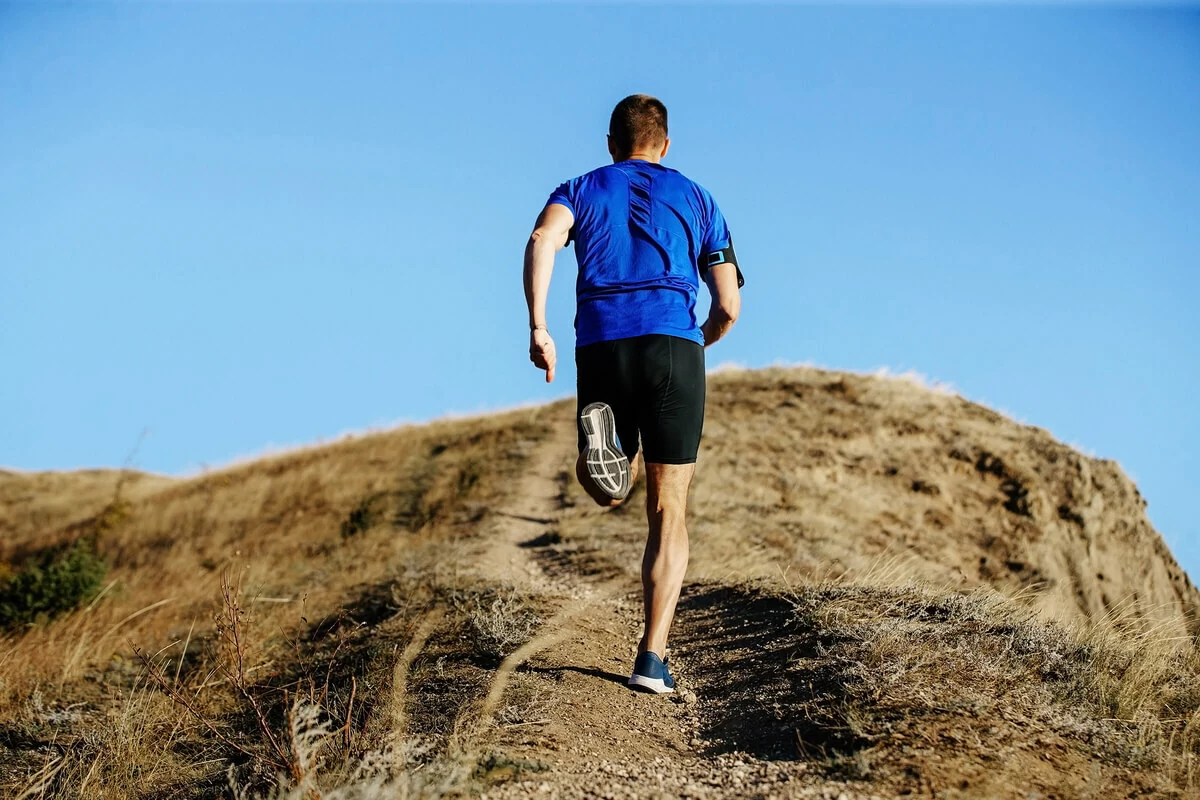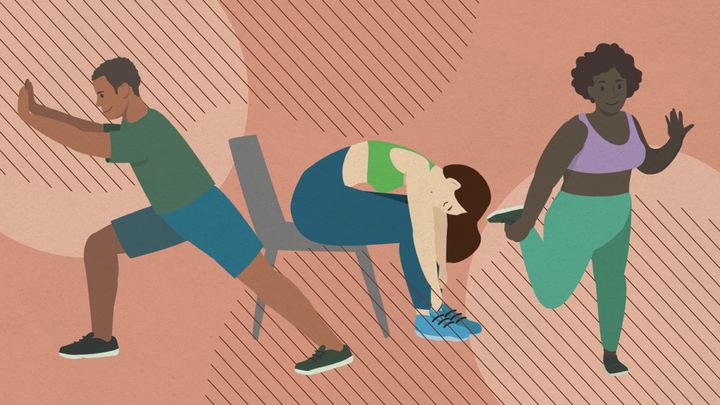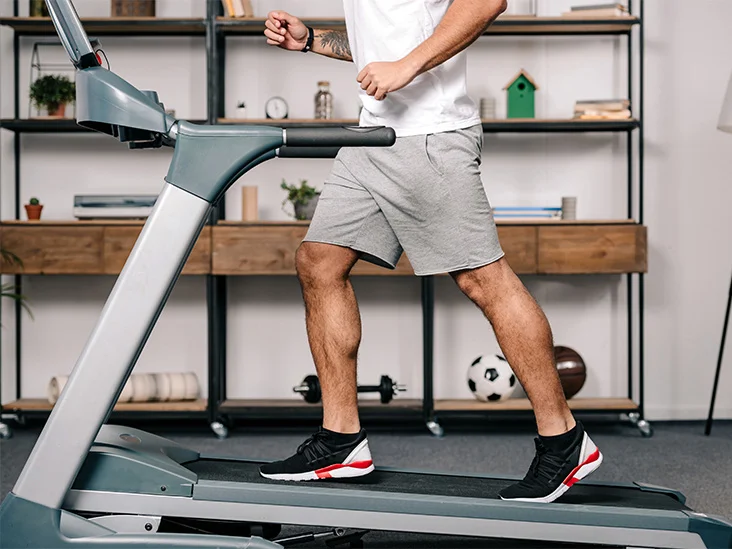Running uphill is notoriously difficult and taxing on the body, requiring a high level of strength, stamina, and the ability to avoid injury. Incorporating step-ups into your training routine is one of the best ways to increase your uphill running capacity, power, and avoid injury.
Analyzing the Advancements in Detail
Step-ups are very helpful since they target the hamstrings, glutes, and calves, all of which are crucial to effective running. Since the action of a step-up is similar to running uphill, strengthening these muscles can considerably improve your uphill running technique. The step-up’s ability to help you build single-leg strength is one of its many underrated benefits.
Since sprinting requires constant weight shifting from one foot to the other, the ability to exert force with one leg becomes crucial. Since step-ups are often performed one leg at a time, they are effective for correcting muscular imbalances, promoting a more stable running platform, and reducing the likelihood of injury.
Reaching the Pinnacle of the Step-up for Uphill Running

There are a few steps to taking the ideal step-up for Uphill Running. Steps may be made on a variety of surfaces, like a plyometric box or weight bench inside or out, a strong picnic bench, or a comparable flat surface in the great outdoors.
- First Position, or Starting Stance: Start by facing the selected step while standing with your feet hip-width apart. Put one foot firmly on the stepping stone; this will be your working foot.
- Core Engagement, Phase 2: Fundamental to a good step-up is maintaining an engaged core and an upright, tall stance.
- Third, Reach the Summit: You should lift your body onto the step by applying pressure to the heel of your working leg. This will allow you to straighten your working leg and prevent your knee from collapsing inward.
- Fourth Level, Descent and Engagement: Use your abs, glutes, and quads to power up through your working leg as you rise. Bend the knee of the working leg and step down, prioritizing control and stability above speed, to descend the body carefully.
Methods for Gradual Improvement
During the first month, do two or three sets of six to eight reps each leg. As your strength improves, you may gradually raise the height of your steps. Light dumbbells or kettlebells in each hand may be a great way to increase the difficulty of your workout and test your strength as you develop experience and muscle.
The step-up is a wonderful workout because of its simplicity and the significant benefits it provides for uphill running, power, and injury prevention. You should expect significant gains from this little adjustment to your regimen.










